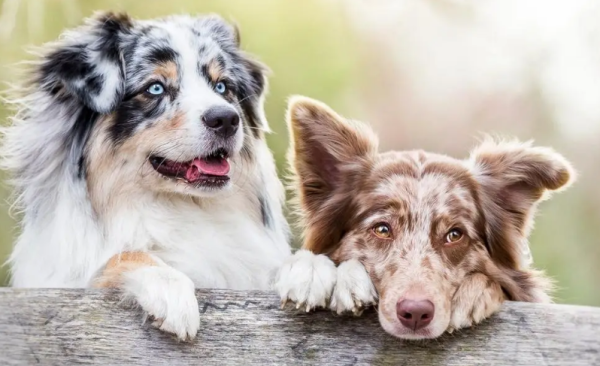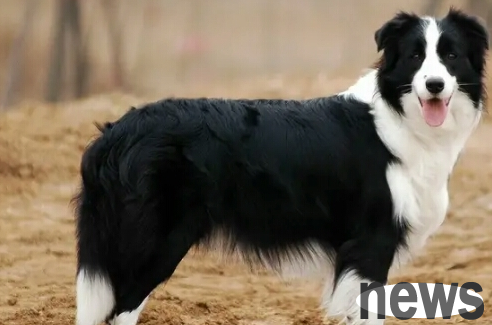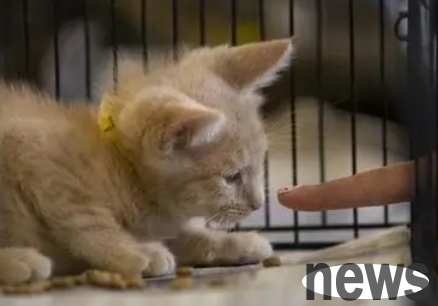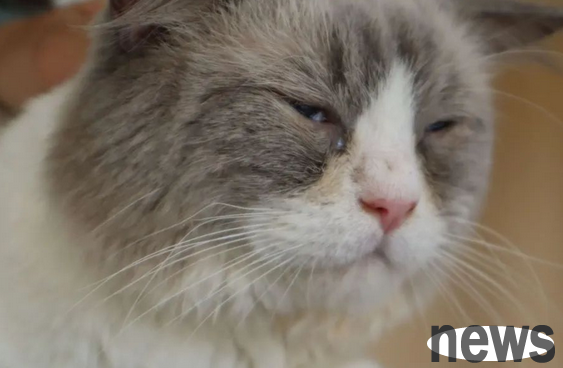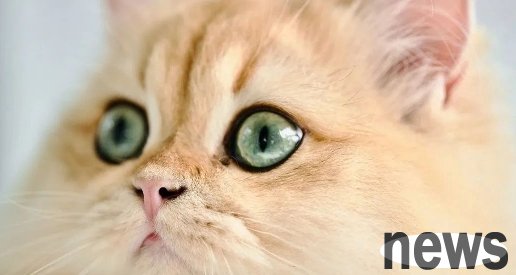A detailed explanation of this article: What should I do if an elderly dog has cataracts?
Cataract is an eye disease. For elderly dogs, it is a common disease. It is mainly manifested in the transparent part of the eyeball becoming turbid, causing the dog to only see blurred images, which seriously affects their quality of life. If your elderly dog also has cataracts, this article will show you how to provide effective treatment and care to help your dog recover your vision and health.
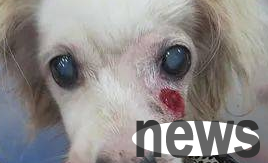
First, it is necessary to confirm whether the dog has cataracts.
The most common symptoms are blurred vision, cloudy eyes, blue or gray eyes, and even affect the daily life of dogs.
If these symptoms appear, check in time to rule out other eye diseases and confirm whether they are cataracts.
Next, cataract treatment.
If diagnosed early, your doctor may recommend that your dog undergo surgery to remove the cataract.
However, surgery can sometimes be a risky procedure for older dogs, especially if the dog has other diseases, and this treatment may not be suitable.
At this time, laser treatment can be considered, which can significantly reduce the formation of cataracts while retaining some normal vision.
The specific treatment method depends on the dog's illness and must be treated according to the advice of a professional doctor.
During and after treatment, some additional care and taboos need to be paid attention to.
First of all, control the dog's diet. Adequate vitamins A, C and E can help dogs improve their vision and prevent myopia. At the same time, high-quality protein and mineral intake also helps cataract prevention.
In addition, keep the dog's eyes clean.
When dogs' eyes are cloudy, they need to wipe their eyes more, remove eye fluid and other dirt, and repeated wiping of the eyes will be more sensitive to damage surfaces.
If necessary, you can use recommended eye drops or eye foam to protect and promote eye health.
Finally, you can also train your elderly dog to adapt to loss of vision and help them better adapt to physical changes in their daily lives.

can use sound and taste to induce dog behavior to help them better adapt to their environment.
To summarize, for the situation where elderly dogs have cataracts, we need to confirm the symptoms in a timely manner, carry out effective treatment and care, pay attention to details for dogs from diet to daily life, and seek professional advice if necessary.
Care and treatment for cataracts takes a long and expensive time, and not all treatments are suitable for every dog, so be patient and instruct to seek help from physicians, veterinarians and traditional dog owners to ensure you and your dog can live a healthy and happy life.


